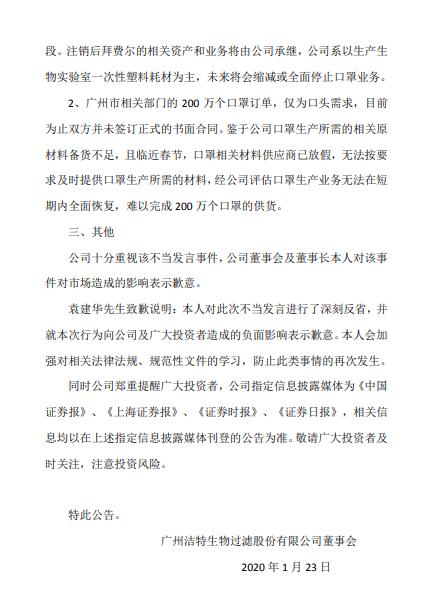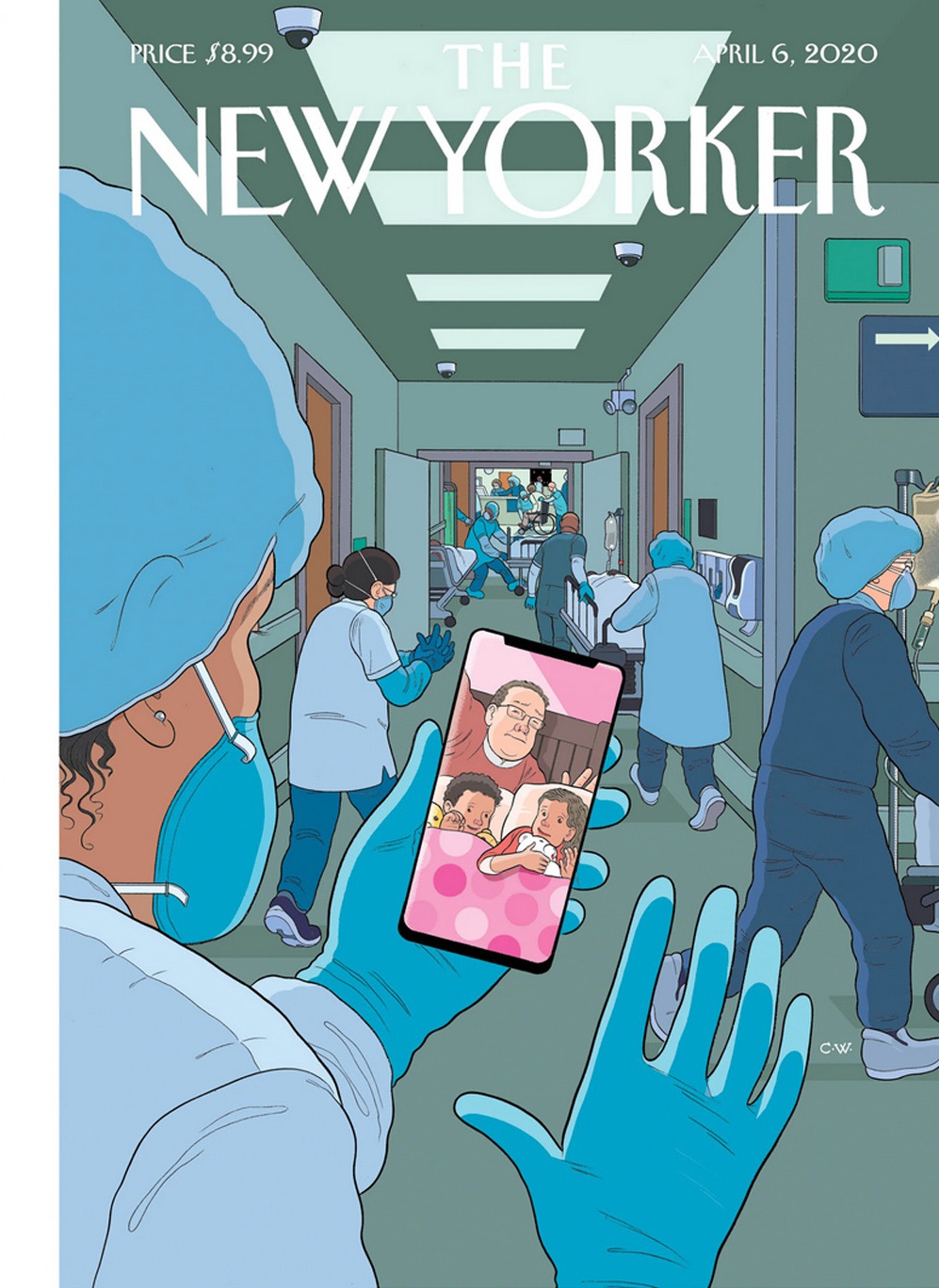Introduction: The Dawn of a Global Health Crisis
In the early months of 2020, the world was jolted awake by an unprecedented event—the emergence of a novel coronavirus, later named SARS-CoV-2, which caused the COVID-19 pandemic. This handcrafted report aims to provide a comprehensive yet concise overview of the pandemic's origins, its impact on global health, economies, and societies, as well as the measures taken by nations and individuals to combat this global health crisis.
The Genesis: A Zoonotic Jump
The COVID-19 pandemic can be traced back to late 2019, when the first cases were reported in Wuhan, China. Initial investigations suggest that the virus likely originated from an animal-to-human transmission, possibly involving bats as the natural reservoir. This zoonotic jump marked a significant shift in the understanding of how human health is interconnected with the environment and wildlife. It underscored the importance of maintaining a balance between development and conservation, emphasizing the need for stricter regulations on wildlife trade and consumption.
Global Spread and Impact
Within weeks of its initial detection, COVID-19 had spread across China and beyond, becoming a full-blown pandemic declared by the World Health Organization (WHO) on March 11, 2020. The virus's high contagiousness and lack of available vaccines or treatments at that time made it a formidable foe. Its impact was felt universally, disrupting daily life, economies, education, and healthcare systems worldwide.
Health Consequences
COVID-19 posed a significant threat to public health, with the elderly and those with pre-existing conditions being particularly vulnerable. The disease caused millions of infections globally, leading to a surge in hospitalizations and deaths. Long-term effects such as post-COVID conditions and the potential for reinfection added to the complexity of managing the pandemic. The psychological toll was immense, with anxiety, depression, and isolation affecting millions worldwide.
Economic Ramifications
The pandemic had a devastating impact on global economies. Businesses shuttered their doors, supply chains were disrupted, and unemployment skyrocketed. The tourism industry, in particular, took a severe hit, with countries implementing travel restrictions and quarantine measures that effectively halted international travel. The loss of revenue from tourism and remittances further strained national budgets and economies. Governments responded with stimulus packages and bailouts to cushion the blow, but the economic scars are still visible today.
Societal Transformation
The pandemic forced societies to reevaluate their norms and practices. Remote work became the norm for many industries, altering work-life balance and communication patterns. Online education saw a surge in popularity, demonstrating the potential of digitalization in education but also highlighting the digital divide. Social distancing measures led to a decline in social gatherings and events, altering cultural practices and fostering new forms of community engagement through virtual platforms.
Responses at Global, National, and Personal Levels
Global Cooperation
In response to the pandemic, nations collaborated at a global level through the WHO and other international organizations. Sharing of information on the virus's characteristics, best practices for containment, and vaccine development were crucial in mitigating its spread. The COVAX facility was established to ensure equitable access to COVID-19 vaccines for all countries.
National Measures
Countries implemented various measures to curb the spread of COVID-19. Lockdowns, curfews, and travel restrictions were commonplace. Health systems were strengthened by expanding testing capacities, increasing hospital beds, and deploying medical personnel. Many countries also introduced economic relief packages to mitigate the economic fallout. The importance of public health messaging and vaccination campaigns was underscored as key strategies for controlling the pandemic.
Personal Responsibility
Individuals played a crucial role in mitigating the spread by adhering to public health guidelines such as wearing masks, social distancing, hand hygiene, and avoiding large gatherings. The adoption of digital tools for communication and work facilitated this process while also highlighting the importance of digital literacy and cybersecurity during times of crisis.
Vaccination Rollout and Future Prospects
The development and distribution of COVID-19 vaccines marked a turning point in the pandemic's trajectory. Vaccines were developed at an unprecedented speed thanks to collaboration between researchers from various countries and funding by international organizations like the Coalition for Epidemic Preparedness Innovations (CEPI). Vaccine rollouts were met with challenges like logistical hurdles, hesitancy among certain populations, and variations in vaccine availability globally. However, as vaccination rates increase worldwide, there is hope for a gradual return to normalcy while continuing to monitor for new variants and their potential impacts.
Conclusion: A Lesson for the Future
The COVID-19 pandemic has been a wake-up call for global communities on the importance of preparedness for future health crises. It has highlighted the interconnectedness of our world and underscored the need for international cooperation, scientific collaboration, and resilient healthcare systems. As we navigate this new normal, we must learn from our experiences—to invest in public health infrastructure, promote equitable access to healthcare resources
转载请注明来自爬爬百科,本文标题:《COVID-19大流行全景,手工制作的英语报告》












 京ICP备11000001号
京ICP备11000001号
发表评论